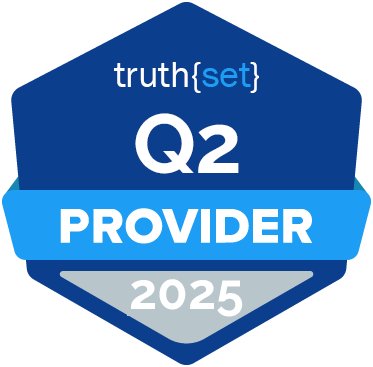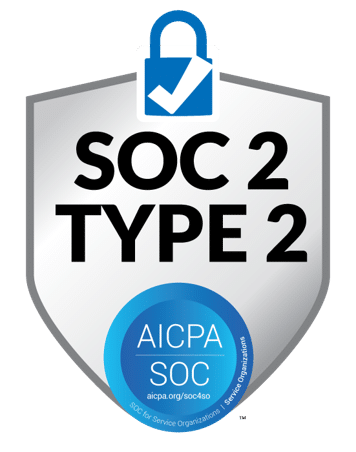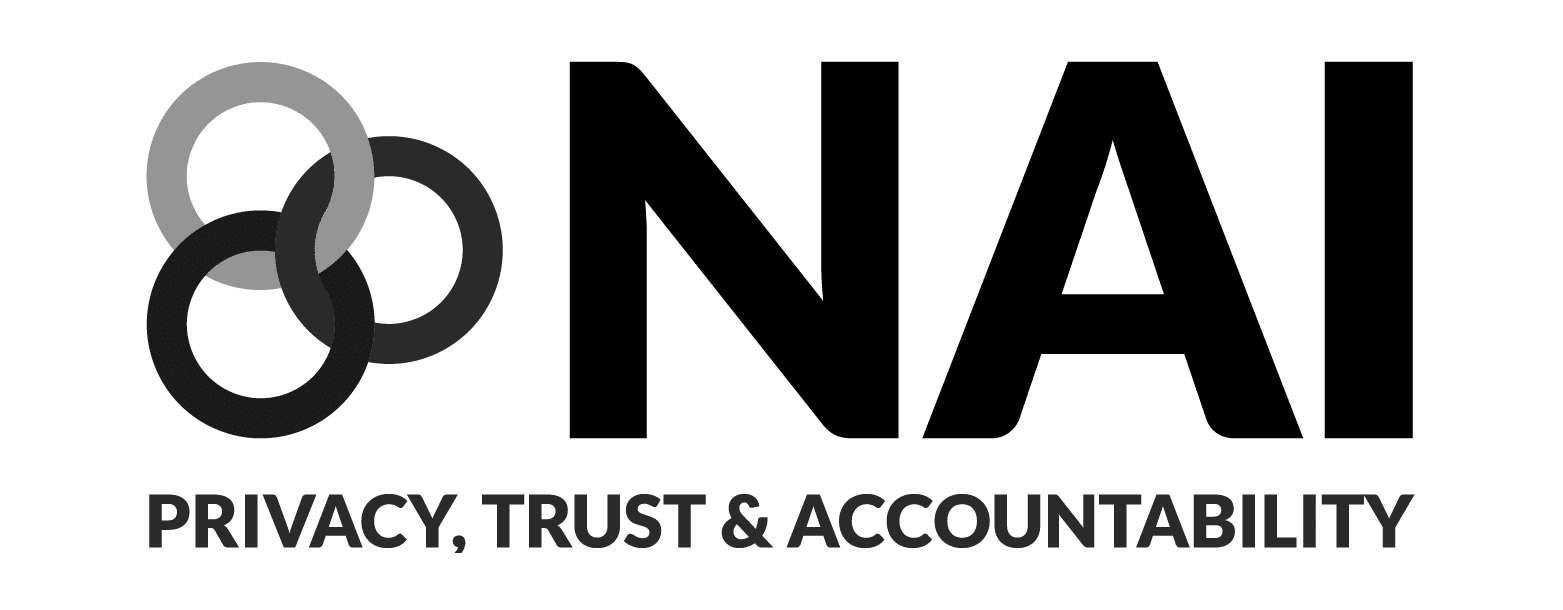Ad Blocking is On the Rise: 4 Easy Steps Digital Marketers Can Take to Prevent It
Creating a positive user experience is key to any successful campaign. So, it should come as no surprise that consumers have turned to ad blockers to combat the negative impacts of digital advertisements. Drained battery life, pages that seem to never load, and ultra-high data usage are all contributors to the recent spike in ad blocking programs.
Last year, a study by PageFair discovered ad blocking use grew 48% in the US alone with a total of 45 million active users, and cost publishers approximately $22 billion. But ad blockers are even more prominent worldwide, with 419 million smartphone users blocking advertisements on their mobile browsers.
In response to the ever-increasing use of ad blocking programs, the Interactive Advertising Bureau (IAB) has devised a plan for advertisers, ad networks, publishers, and agencies to help curve this trend. Using the acronym LEAN, marketers can apply the following four principles to create a more enjoyable – and less annoying – digital experience:
• Light. This defines the need for ads with “light file size and strict controls on data.” Simpler ads also respond better than more complex ones, so keeping the design trimmed down could help your audience steer away from ad blockers and connect more with your work.
• Encrypted. Encryption assures user security with https/SSL compliant ads. Putting consumer security first is paramount, as a recent study concluded that 76% of Americans felt “’not too confident’ or ‘not at all confident’” that their private information obtained by online advertisers would remain safe and secure.
• Ad Choice Supported. Using Ad Choices gives the consumer control over what they share with advertisers, simultaneously increasing transparency and a user’s sense of security. In regards to the use of Ad Choices in video advertisements, the Digital Advertising Alliance (DAA) worked with the IAB to create a set of ad marker implementation guidelines to “help create a more consistent consumer experience across major video ad formats and players.”
• Non-invasive. Lastly, producing ads that enhance the user experience, rather than disrupt it, is crucial for consumer satisfaction. To create a less invasive and more enjoyable ad, be sure to match your ad’s design with the corresponding site and clearly label it.
By listening to consumers’ concerns and modifying the way ads are presented, marketers have a chance to bypass ad blockers and create targeted material that actually connects to their audience. If done right, it’s a win-win for everyone.
Share This
IN THIS POST
Latest Posts
October 25, 2025
October 25, 2025
October 25, 2025
















